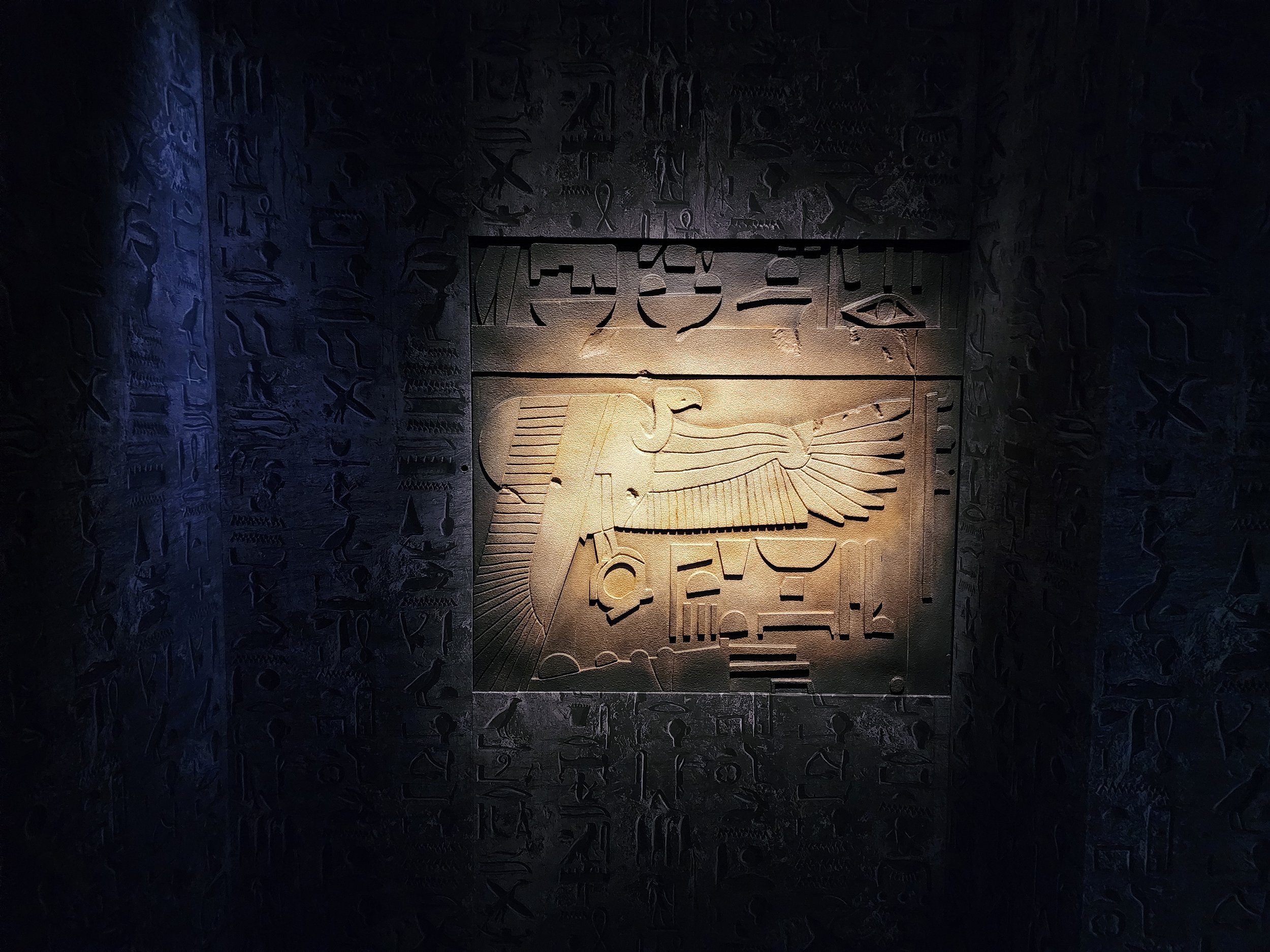
Cabot Museum of Archeology
Explore the past today
Curated Items
Funerary Cippus of Domitia
This limestone funerary cippus was discovered in Bordeaux during the unearthing of the Gallo- Roman ramparts in 1868. It is dated 258 a.C. The epitaphs are dated 261 a.C.
The double epitaph, both pagan and christian, does not allow to say that Domitia was Christian. However, it is an extremely interesting marker of the transition to the time when Christianity will prevail in this part of the world.
Unknown Atlantic Coin
Dredged up from the bottom of the Atlantic Ocean in 1928, this ancient coin still mystifies experts.
Funerary stele Niederdollendorf
Funerary stele (cast, original limestone preserved at the Rheinisches Landesmuseum, Bonn), Niederdollendorf (Bad Godesberg, Germany), limestone, 7th century. Musée d’Art et d’Histoire (Musée Cinquantenaire, Brussels, Belgium). Made with CapturingReality.
On one side, a victorious and haloed Christ is armed with a spear. On the other side, the deceased is threatened by a three-headed snake. The man combs himself and holds his scramasaxe with his left hand. A gourd is placed at his feet.
Soapstone Statue
This carving was recovered from a cult in the American South, but has been dated to around 500 thousand years ago. Experts agree that the dating must be off, because man first appeared on earth only about 300 thousand years ago.
Plague Mask
This 15th century mask was worn by a doctor who conducted experiments on victims of the black plague in France as they were dying.
Cultic Clockwork
This elegant piece of European Clockwork was recovered from a German Monastery in 1334 and locked away in the Papal vaults until 1876 when Miskatonic curators obtained it through undisclosed means.
Roman Coins
The Cabot Museum is very proud to claim the largest collection of ancient Roman coins to date.

